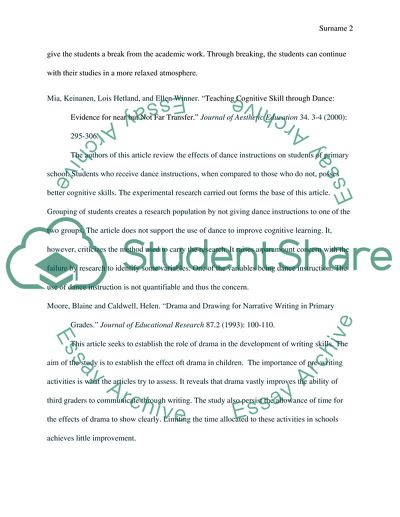Cite this document
(Integration of Theatre Arts into Primary Education Annotated Bibliography, n.d.)
Integration of Theatre Arts into Primary Education Annotated Bibliography. Retrieved from https://studentshare.org/visual-arts-film-studies/1758976-integration-of-theatre-arts-into-primary-education
Integration of Theatre Arts into Primary Education Annotated Bibliography. Retrieved from https://studentshare.org/visual-arts-film-studies/1758976-integration-of-theatre-arts-into-primary-education
(Integration of Theatre Arts into Primary Education Annotated Bibliography)
Integration of Theatre Arts into Primary Education Annotated Bibliography. https://studentshare.org/visual-arts-film-studies/1758976-integration-of-theatre-arts-into-primary-education.
Integration of Theatre Arts into Primary Education Annotated Bibliography. https://studentshare.org/visual-arts-film-studies/1758976-integration-of-theatre-arts-into-primary-education.
“Integration of Theatre Arts into Primary Education Annotated Bibliography”, n.d. https://studentshare.org/visual-arts-film-studies/1758976-integration-of-theatre-arts-into-primary-education.


